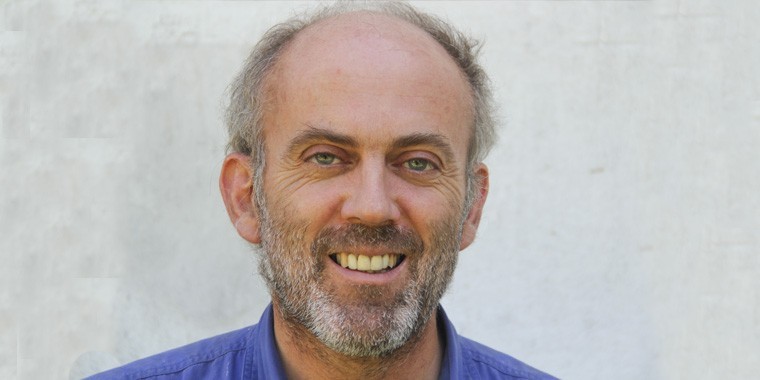By the time you read this, maybe the Brexit fog will have cleared completely and we will have discovered whether we are headed for a ‘no-deal’ or a ‘May’s deal’ or a ‘revised back-stop deal’ or ‘a second referendum’ or even a general election. But, at the time of writing, there was no such clarity about what sort of Brexit we were headed towards so you will have to excuse me for speculating here about where farming and Brexit are headed.
As soon as the EU in/out referendum result was announced in 2016 I entered full-blown farming crisis mode and I still have not regained my poise. The reason that the prospect of any sort of Brexit, soft or hard, has so unnerved me is that, in a 40-year farming career, I would not have traded at a profit in a single year over that time without an annual handout from the EU of some kind.
Perhaps my big mistake was to travel to the new world on quite a scale in my late teens and early twenties to look at farming in places like the US and Australia. A lot of British farmers do the same thing at a similar impressionable age and return inspired. They then spend the rest of their careers trying to emulate on their farms the industrial efficiency, say, of New Zealand or Californian dairy farming or the high levels of mechanisation to be found on the vast arable farms of the US Midwest.
But my only reaction to such impressive displays of farming efficiency was to flee back to Daddy’s farm thankful for the impressive array of EU tariffs that made sure that I didn’t have to compete head-to-head on price with Australian lamb, Indonesian oilseed rape, or Canadian barley.
Worse than that, every time the EU announced a new subsidy regime or a change of financial incentives I would pore over the fine detail of the text and set about slavishly changing my farming system to take maximum advantage of every European taxpayer’s euro-cent that was on offer. If linseed was the biggest subsidy available watch my farm turn blue. If rape suddenly became the big subsidy earner my farm turned from blue to yellow quicker than you can say ‘Arable Area Aid’. I didn’t own a suckler cow in 1993 but then I discovered ‘Suckler Cow Premium’ and by 2005 I had quota for 463 of them.
For 40 years I have quite literally allowed a subsidy tail to wag my farming dog. So imagine, dear reader, my difficulty in trying to anticipate what now lies ahead for my farm in subsidy terms? Environment secretary Gove makes no promises about future farm spending and even his agri-environmental initiatives will only pay on ‘results’ – not on what management is carried out. So what will happen if, despite my very best efforts, there are no skylarks chirupping when the inspector calls? How much will I receive if the sheep have gobbled the Pyramid Orchids that were flowering in such abundance on my chalk grassland restoration pasture last year?
So, whatever clarification there has been in terms of Brexit since me penning this piece and you reading it, I doubt very much that it will have been enough to calm my thoroughly fretful state.




